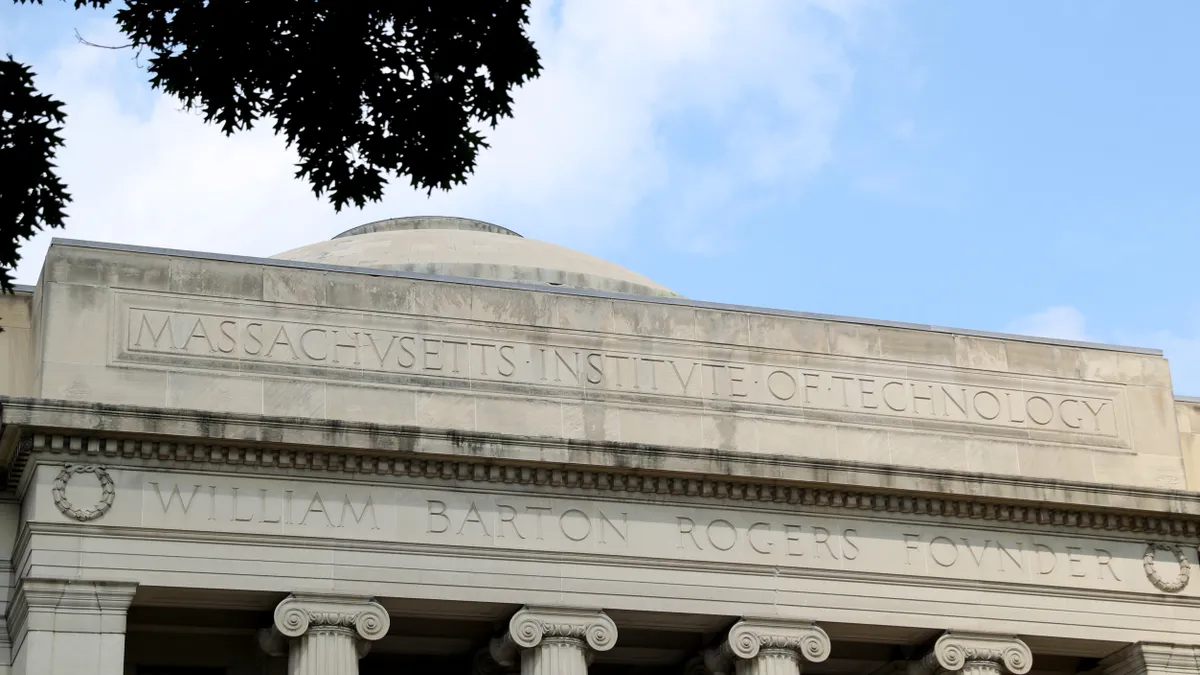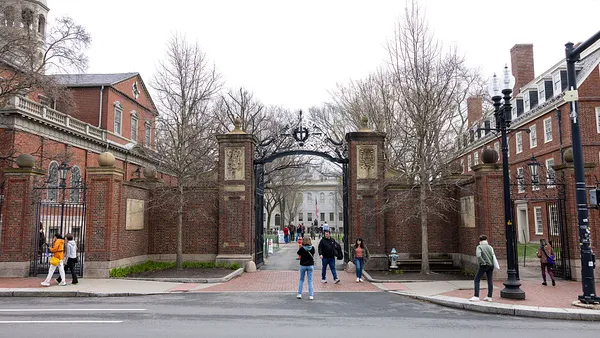Dive Brief:
- As Democratic presidential hopefuls join the chorus of free-college advocates, Sen. Elizabeth Warren came forward Monday with a more detailed and robust proposal to offset college costs for future students as well as those already laden with debt.
- In a blog post, the Massachusetts Democrat pitched her plan to cancel up to $50,000 in student loan debt for individuals with household incomes under $100,000, gradually reducing the forgiveness amount above that threshold through $250,000.
- Warren also called for free tuition and fees at public two- and four-year colleges (a cost the federal government would share with states), more aid for non-tuition expenses, an additional $100 million for Pell Grants over the next decade, and a $50 million-plus fund for HBCUs and minority-serving institutions.
Dive Insight:
By Warren's count, the forgiveness component of her plan would cancel at least some debt for 95% of people with student loans, or about 45 million Americans — covering both federal and private sources. Overall, she said, the proposal would cost the government $640 billion to launch, with the free college component pushing the total expense to $1.25 trillion over 10 years.
The program would be financed by Warren's previously pitched "Ultra-Millionaire Tax" of between 2% and 3% of net worth annually for the 75,000 U.S. households worth $50 million or more, raising $2.75 trillion in a decade.
While fellow progressives embraced the proposal, perhaps unsurprisingly critics argued it ignores the underlying causes of the student debt problem and could bring more imbalance to higher ed.
University of San Francisco Provost Donald Heller told The Chronicle of Higher Education that the free college component could increase the burden for public institutions while the debt forgiveness could unfairly serve students who opted for more expensive institutions. Meanwhile, he said, private colleges could be forced to close.
Clare McCann, New America's deputy director for federal higher education policy, echoed those concerns. She told Inside Higher Ed that the proposal is "poorly targeted" and "expensive" and "not the wisest use of federal money," allowing higher earners to benefit from an effective federal bailout while individuals who avoided debt by not going to college or have paid theirs back do not benefit.
It's one of several "disruptive policy ideas" characterizing the Warren campaign so far, The New York Times notes, and could help to force a bigger discussion of affordability across higher education. Although she doesn't get into specifics on the point, her plan says it will "substantially increase wealth" for black and Latino families.
She's one of several Democratic presidential candidates to take a position on debt-free or tuition-free college. MarketWatch reports that although the two approaches — similar in mission but different in scale — are themselves cause for debate, their popularity among candidates suggests growing support on the left for the idea of lower-cost college.
That doesn't mean everyone is on board. Pete Buttigieg, the mayor of South Bend, Indiana, who is seeking the Democratic nomination, instead favors increasing state funding and Pell Grants, Inside Higher Ed reported, arguing college attendance already provides an advantage for future earnings. Sen. Amy Klobuchar (D-Minn.) has also pushed back on the idea.
Momentum for free college is growing at the state level, with around 20 offering such initiatives. Early efforts have seen success in raising the number of students earning some form of credential, particularly among low-income and minority students. Yet while two-year college attendance can increase earnings, programs that create a stronger, more direct funnel into those colleges can divert students from four-year institutions.
Ideas for effectively managing free-college programs include increasing the resources at those institutions beyond tuition waivers to provide more supports for these students.













